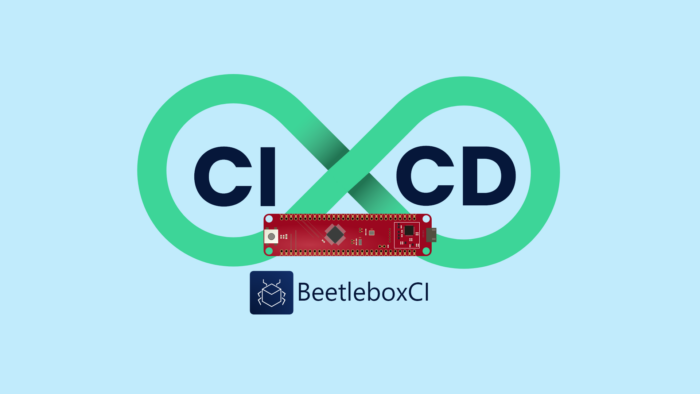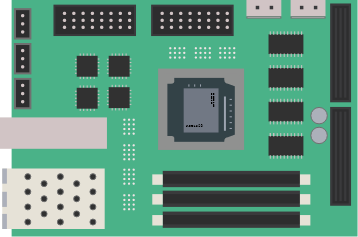Check out the full tutorial here.
In this tutorial, you will learn how to set up Continuous Integration and Continuous Deployment (CI/CD) for a Raspberry Pi project that interfaces with real hardware. CI/CD is a practice in software development that automates the building, testing, and deployment of code changes. Implementing CI/CD on a Raspberry Pi can help you streamline your development process and ensure your software’s reliability.
Although this tutorial uses the Raspberry Pi 4, it is compatible with other boards in the series as well. You will be programming an OLED screen connected to the Raspberry Pi via i2c.
All code is available as open source from here.
What you’ll learn
- Setting up a CI environment for Raspberry Pi projects.
- Automating build, test, and deployment processes.
- Integrating BeetleboxCI tools with GitHub.
- Running Python scripts on Raspberry Pis.
- Using specific features for embedded developers on BeetleboxCI.
Tutorial sections
This tutorial is divided into the following sections:
1. Setting up your Raspberry Pi and OLED screen and creating basic pipelines.
2. Writing to the OLED screen using Python.
By following this tutorial, you will gain a solid understanding of how to leverage CI/CD practices for your Raspberry Pi projects, enabling you to automate your development workflow and ensure the quality of your software.


